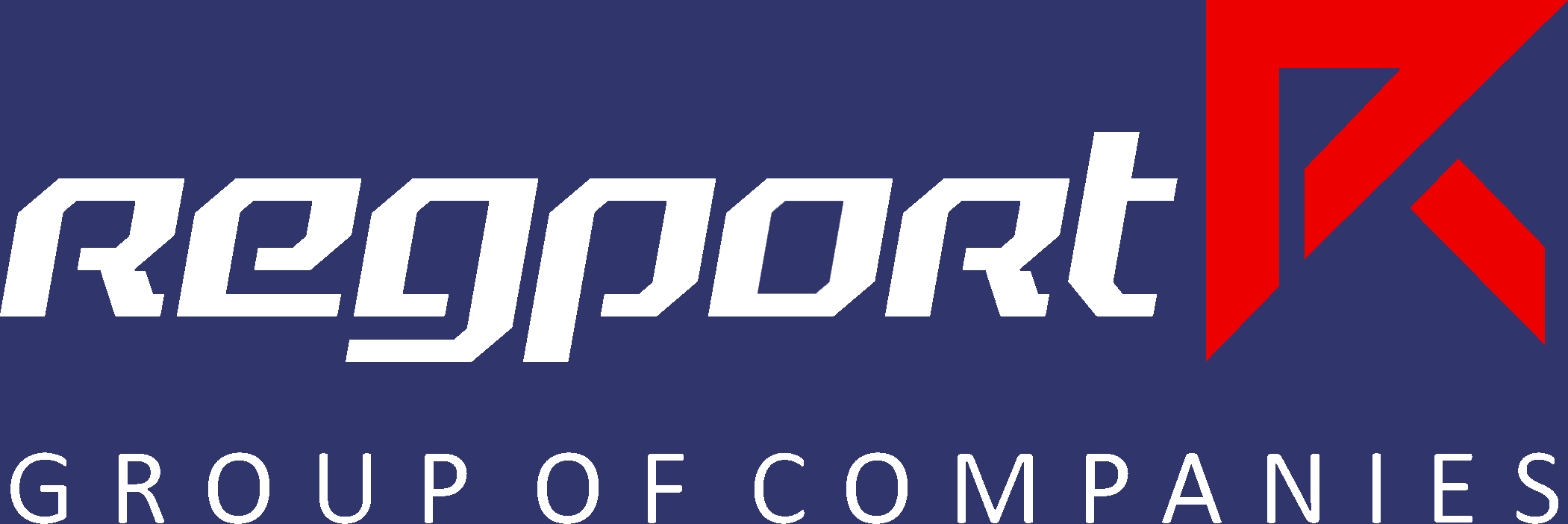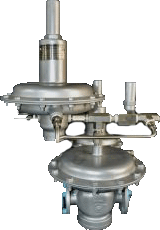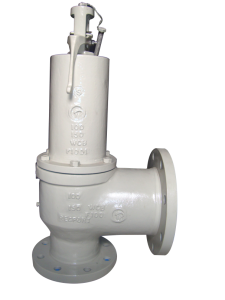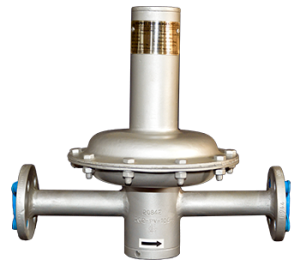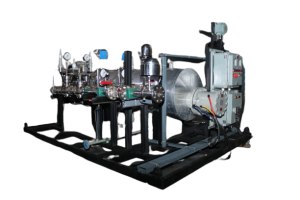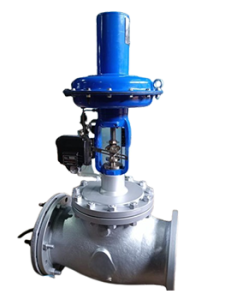Safety Relief Valves
- Home
- Product Item
- Safety Relief Valves
Safety Relief Valves
Spring Loaded Safety Valves or Safety Relief Valves are broadly categorized as:
Safety valve
Relief Valve
Safety Relief Valve
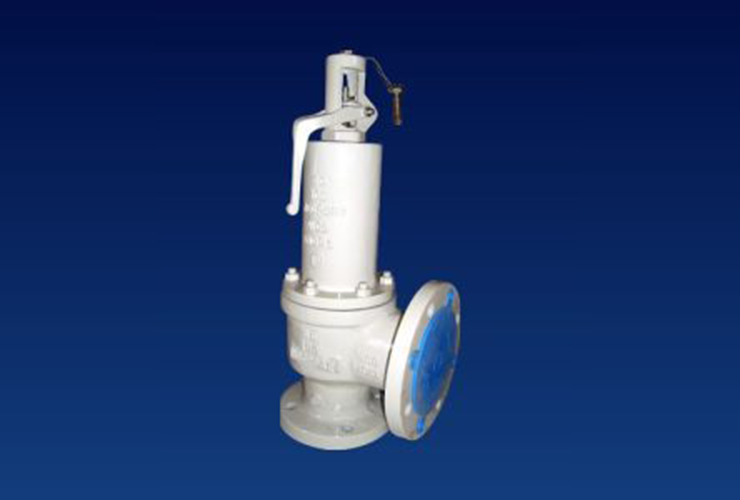
Important Terms and Definitions
Is the value of increase inlet static pressure at which there is a measurable lift of the disc or at which discharge of the fluid becomes continuous.
Is the value of decreasing inlet static pressure at which the valve disc re-established contact with the seat or at which lift becomes zero as determined by seeing, feeling or hearing.
Is the audible or visible escape of compressible fluid between the seat and disc which may occur at an inlet static pressure below the set pressure prior to opening.
Operating ratio is the ratio of maximum system operating pressure to set pressure.
Overpressure is the pressure increases over the set pressure of relieving device allowed to achieve rated flow.
Maximum allowable working pressure is the maximum gauge pressure permissible at the top of a completed vessel in its normal operating position at designated coincided temperature specified for that pressure.
Is the specified inlet static pressure at which a seat leak test is performed.
The term of relieving condition is used to indicate the inlet pressure and temperature on a Pressure relief device during an overpressure condition.
An annular chamber located downstream of the seat of a pressure relief valve for the purpose of assisting the valve to achieve lift.
The actual travel of the disc from the closed position when a valve is relieving.
Accumulation is the pressure increase over the maximum allowable working pressure of the vessel allowed during discharge through the pressure relief device, expressed units or as a percentage of MAWP or design pressure.
Back pressure is the pressure that exists at the outlet of a pressure relief device as a result of the pressure in the discharge system.
Built up back pressure is the increase in pressure at the outlet of a pressure relief device that develops as a result of flow after the pressure relief device opens.
Is the static pressure that exists at the outlet of a pressure relief device at the time the device is required to operate.
Blowdown is the difference between the set pressure and the closing pressure of a pressure relief valve.
The cold differential test pressure is the pressure at which a pressure relief valve is adjusted to open on the test stand.
Features
Design : Metallic Bellow.
Metallic Seating with zero leakage.
Polymeric Sealing if required by the User
Blow Down Ring for fine adjustment of reseating pressure
Special Double Blow Down Design can be offered
Over Pressure and Blow Down as per API 521 and ASME.
Balanced Bellow Design based on process requirement
Pilot Operated Design based on back pressure and process requirement
Tamper - Resistant Adjustment i.e. Cap Screwed / Bolted
Wide set range for various applications
Accurate low pressure regulation for Special designed large bore and semi nozzle
Wide material range
Various Options and Accessories Available
Manual Lever : Plain or Packed
Test Gag
Open Bonnet for High Temperature
Semi Nozzle for Large Bore – above 6”
Water Seals for Vacuum and / or Seat Cooling Operation.
Material Of Construction
Other Product Item
Self Actuated PCV
Self Actuated PCV Regport Technology is a leading manufacturer of Self Actuated Pressure Control Valves. The basic working principle for this DA-SAPCV is force force-balanced principle achieved by the spring diaphragm
